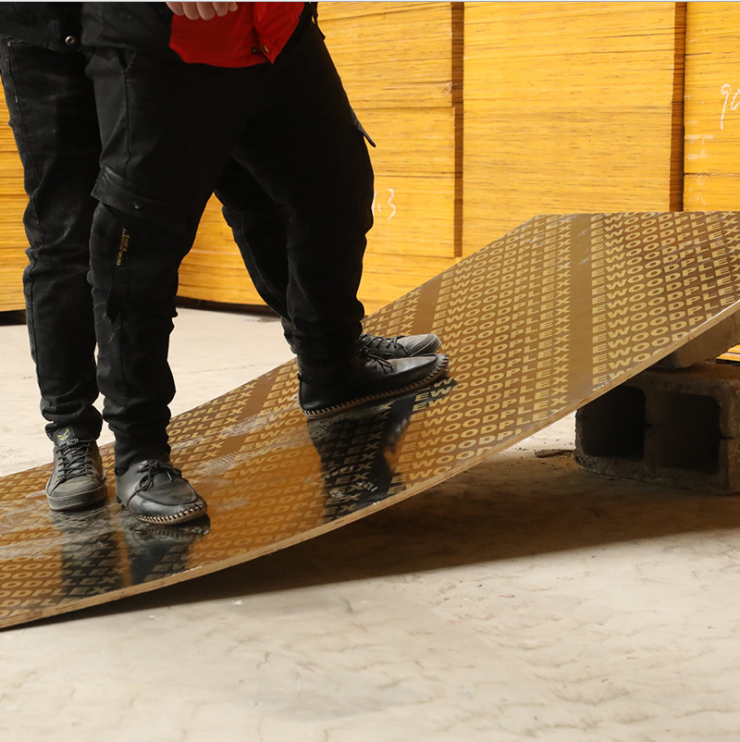Plywood is a board made of multiple layers of thin wood sheets glued together. It has excellent strength and stability and is widely used in construction, furniture, packaging and other fields. The following is the historical origin of plywood:

The history of plywood can be traced back to the ancient Egyptian period, when people began to realize that gluing wood chips together could enhance the strength and stability of wood. However, it was not until the early 20th century that the production process of plywood was further developed and improved.
In the late 19th and early 20th centuries, with the development of industrialization, the demand for stronger and more stable building materials increased. This promoted the research and improvement of plywood production technology. The earliest plywood was made by gluing wood chips together and then processing them under high pressure and high temperature.
With the continuous advancement of science and technology and the improvement of glue technology, the quality and variety of plywood have also been continuously improved and enriched. Modern plywood not only has excellent strength and stability, but can also be customized according to different uses and environmental requirements, such as waterproof plywood, fireproof plywood, etc.

In general, as an important building material, plywood has undergone a long period of development and improvement in history and has become one of the indispensable materials in modern construction and engineering.

